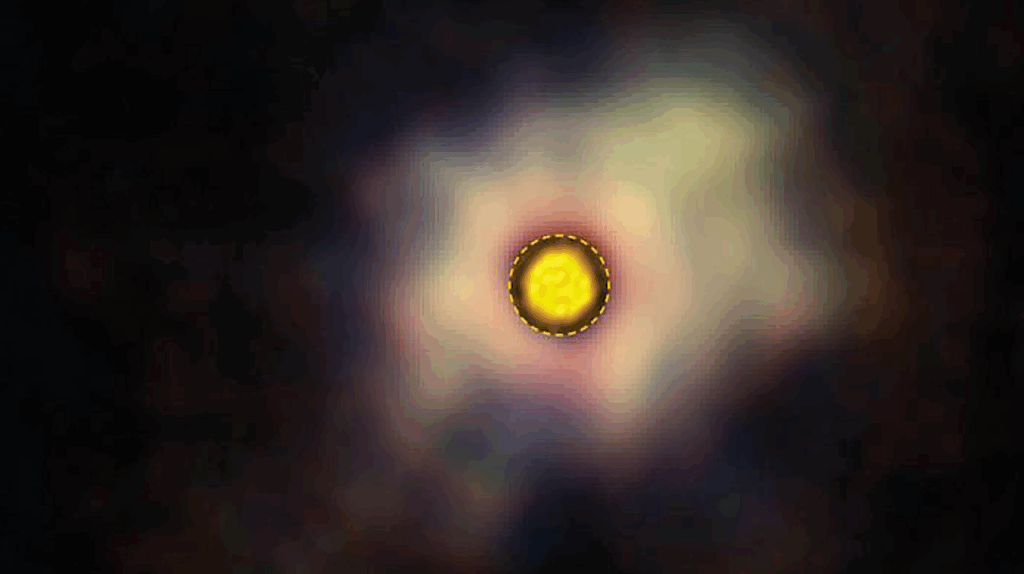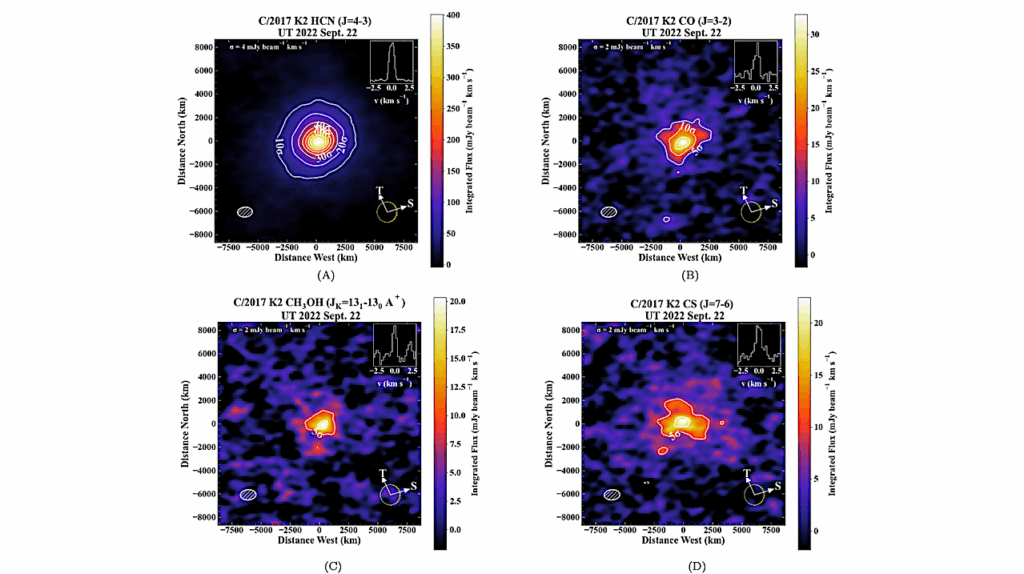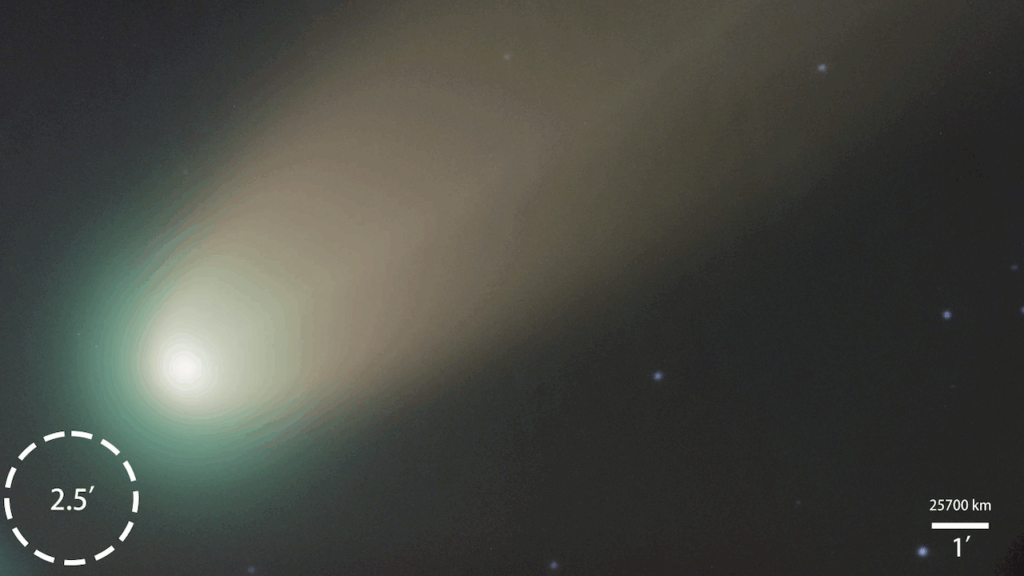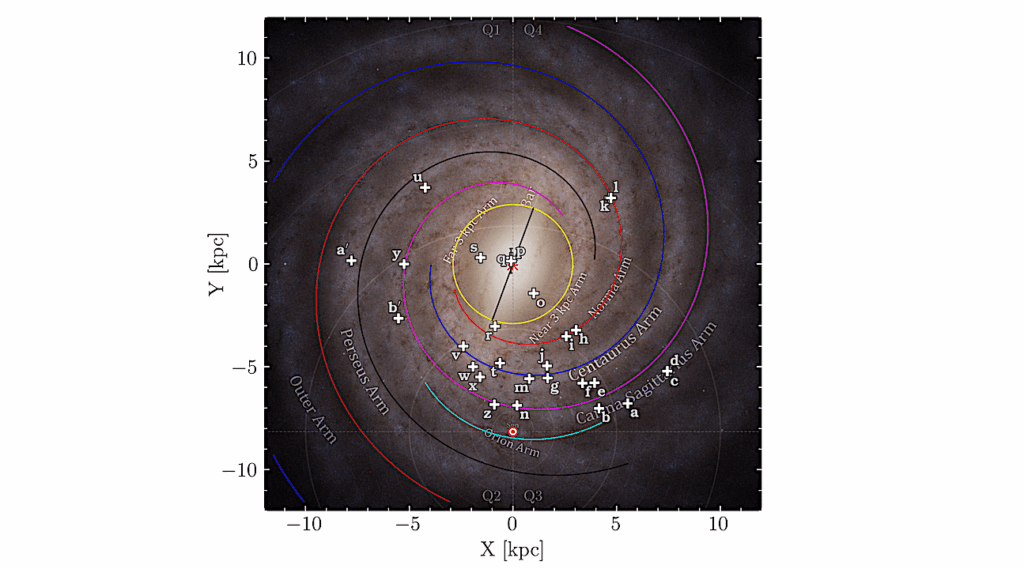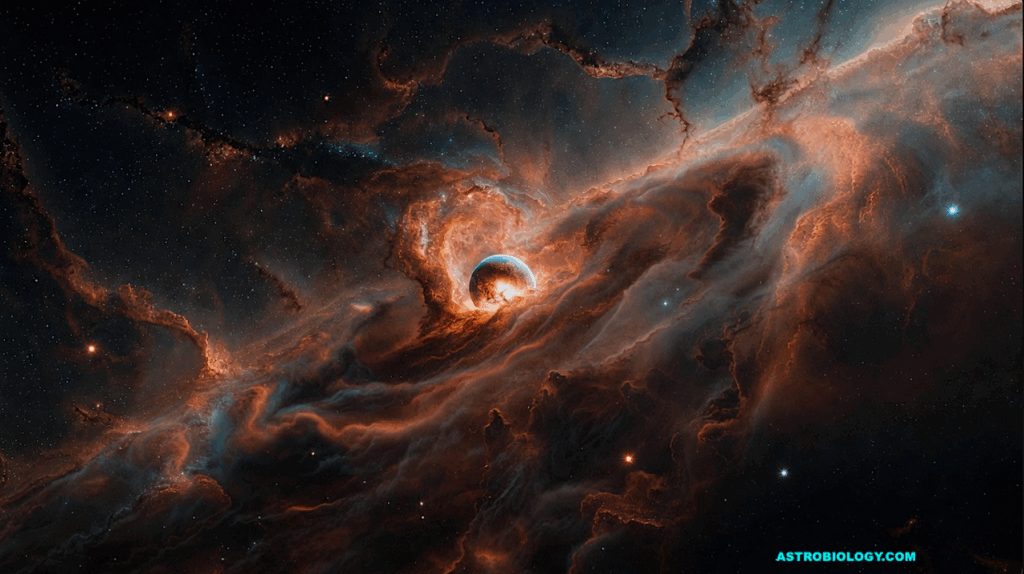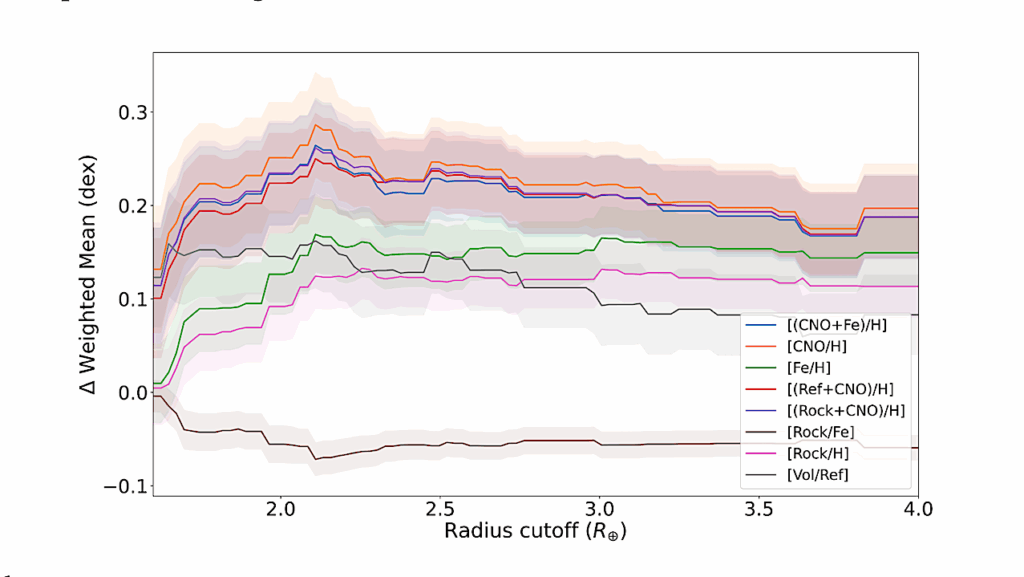Study Of Vibrational Spectra Of Polycyclic Aromatic Hydrocarbons With Phenyl Side Group
Molecular structures of the studied phenyl-PAHs

The infrared spectral variations due to the position of phenyl substitution, ionization state and the size of the molecules are discussed and possible contribution of phenyl-PAHs to the mid-infrared emission features from astrophysical objects is analyzed. Structurally phenyl group substitution at 2nd position gives more stable species compared to substitution at other positions.
Phenyl-PAHs exhibit new aromatic bands near 695 and 741 cm−1 (14.4 and 13.5 μm), due to contribution from quintet C-H wag, that compare well with minor features at 14.2 and 13.5 μm observed in several astrophysical objects. Just as in plain PAHs, the C-C stretch vibrational modes (∼1600 cm−1) have negligible intensity in neutrals, but the cations of all phenyl-PAHs exhibit significantly strong phenyl group C-C stretch peak close to class B type 6.2 μm astrophysical band.
In 2-phenylpyrene, it is the neutral molecule that exhibits this strong feature in the 6.2 μm range along with other features that match with sub-features at 6.66 and 6.9 μm, observed in astronomical spectra of some late type objects. The substitution of phenyl side group at solo position shifts the C-C stretch mode of parent PAH close to the region of 6.2 μm astrophysical band. The results indicate possibility of phenyl-PAHs in space and the bottom-up formation of medium sized compact PAHs with phenyl side group in carbon rich cool circumstellar shells. Phenyl-PAHs need to be considered in modelling mid-infrared emission spectra of various astrophysical objects.
Anju Maurya, Rashmi Singh, Shantanu Rastogi
Comments: 45 papges including 15 Figures and 3 Tables
Subjects: Astrophysics of Galaxies (astro-ph.GA); Solar and Stellar Astrophysics (astro-ph.SR); Chemical Physics (physics.chem-ph)
Cite as: arXiv:2211.13684 [astro-ph.GA] (or arXiv:2211.13684v1 [astro-ph.GA] for this version)
https://doi.org/10.48550/arXiv.2211.13684
Focus to learn more
Journal reference: Journal of Molecular Spectroscopy, 2022, 111720
Related DOI:
https://doi.org/10.1016/j.jms.2022.111720
Focus to learn more
Submission history
From: Shantanu Rastogi
[v1] Thu, 24 Nov 2022 16:01:46 UTC (720 KB)
https://arxiv.org/abs/2211.13684
Astrobiology, Astrochemistry


